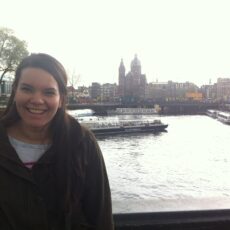Hannah Morales
I am an Indigenous educator on Vancouver Island. I am interested in inquiry-based learning, as well as museum education.
Playlists
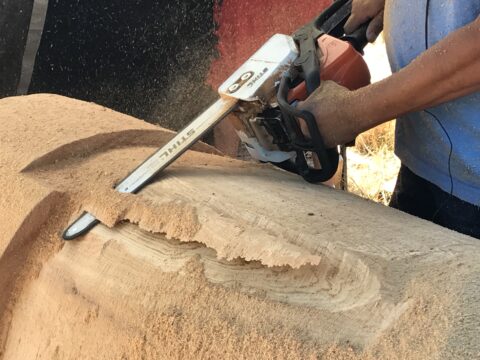
Crossing Cultures and Healing: A Totem Pole Project
The Royal BC Museum, along with The BC Ministry of Health and Timberwest, have collaborated to create the Crossing Cultures and Healing Totem Pole Project. Tsawout Carvers, and brothers, Tom and Perry LaFortune have designed and are carving a pole on site at the Royal BC Museum.
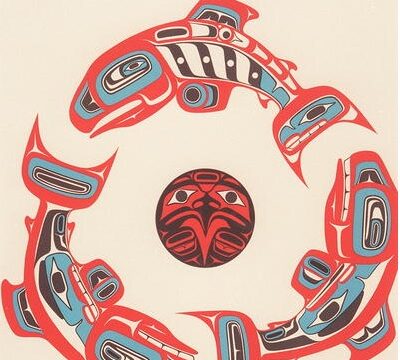
Something Fishy: Elementary Lesson
This playlist helps give insight to the anatomy of fish and First Peoples' knowledge and relationship with fish. Examine scientific drawings and First Nations artwork of fish and explore how they reflect different interpretations and perspectives of nature.
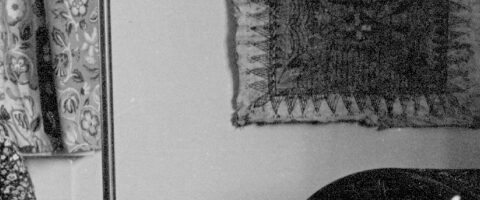
The Significance of Storytelling
Storytelling is how histories are shared. Whether it is through song or spoken word, storytelling shapes people and cultures. Explore this playlist to see how people from different cultures have used oral histories to share their experiences.
Entries

1In 1 playlists

1In 1 playlists
This resource, created by the Hul'q'umi'num Treaty group, is a guide to the Hul'q'umi'num alphabet.
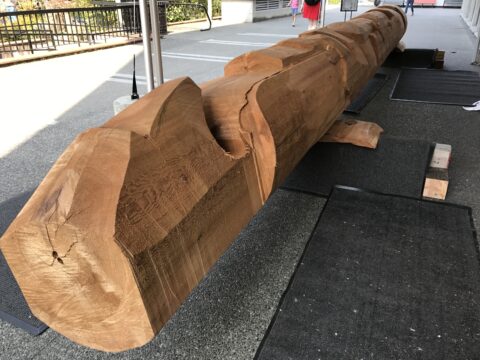
1In 1 playlists
On July 30, 2018 the Crossing Cultures and Healing pole was brought on site to the Royal BC Museum. This is where Tom and Perry LaFortune will continue to carve the pole until it is completed in October.
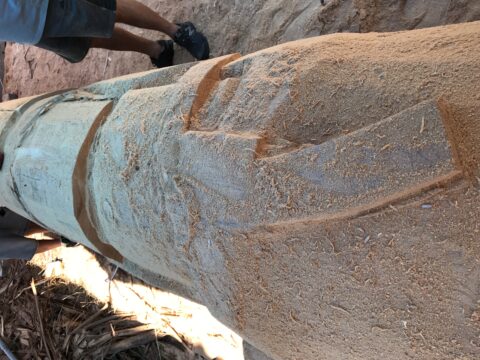
1In 1 playlists
Intertwined among the different figures, Tom and Perry are carving in a rope. This represents the rope that the Saanich people used to tie themselves to a tree on the mountain during the great flood. It helped keep their people together and safe. It was also in this story that they began calling themselves "the emerging people".
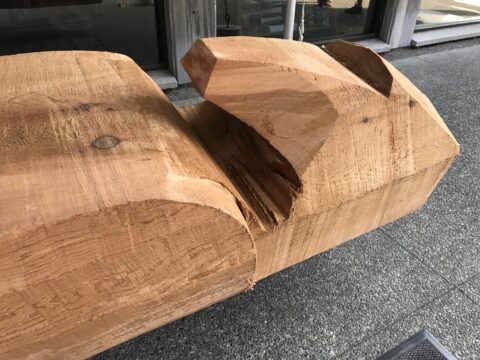
1In 1 playlists
The raven is the figure on top of the pole as they are the messenger of good news for the Tsawout and Saanich people. The raven received this title as it was a raven who brought the Saanich people the news that the great flood had ended.
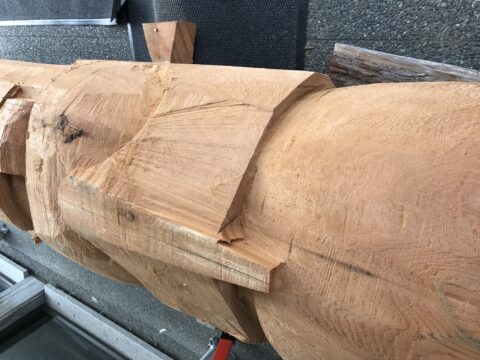
1In 1 playlists
The owl, in the Tsawout culture, is an all-seeing being. They are able to see into the past, future, and present, that is why they can rotate their head. Tom and Perry chose to include the owl in this piece, as the theme of "Crossing Cultures and Healing" requires us to reflect on the past and present to instill change and healing for the future.
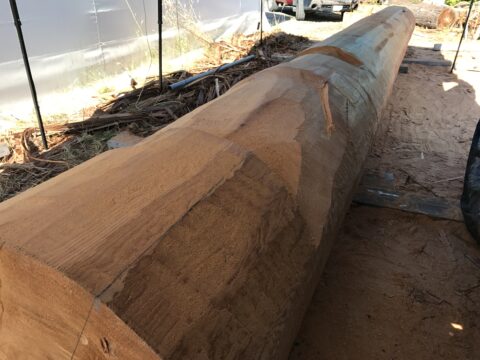
1In 1 playlists
Once the pole has been prepped, Tom and Perry begin the initial shaping. This creates the general shape of the pole's figures and design. This is done using chainsaws.
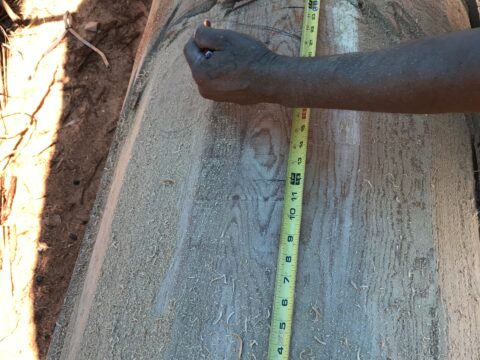
1In 1 playlists
Perry is shown measuring his sketch for the woman design. Perry explained the math that goes into their poles, as they measure their designs to scale.The woman is a symbol of the Tsawout Nation's matriarchal ways and represents Perry and Tom's mother. She is a symbol of strength and resilience for them as she attended residential school.
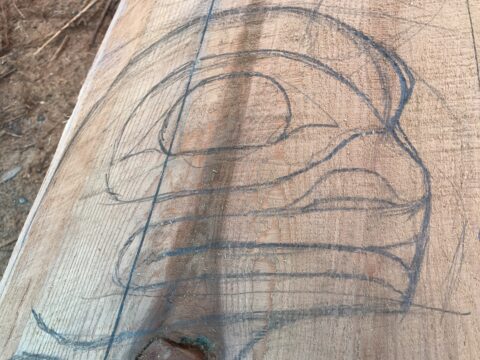
1In 1 playlists
While watching Tom and Perry sketch the frog design onto the pole, you were witnessing their strong connection and unique work ethic that comes from years of working together and their brotherly bond. They would pass the pencil back and forth, each adding in their own style with their individual talents.
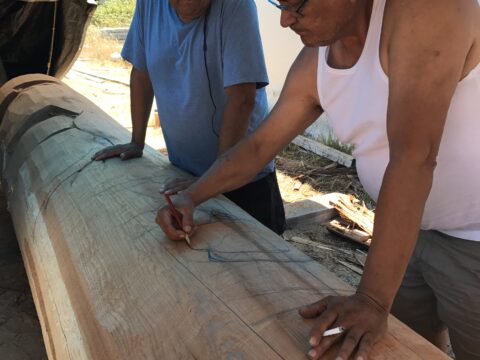
1In 1 playlists
When doing the initial shaping on the pole, Perry asked Tom to come and see an idea he had. He noticed there was an empty space in their design and Perry had the idea to add a frog, a symbol of the conscience to the Tsawout Nation. Tom agreed with Perry and they began sketching a frog design onto the pole.
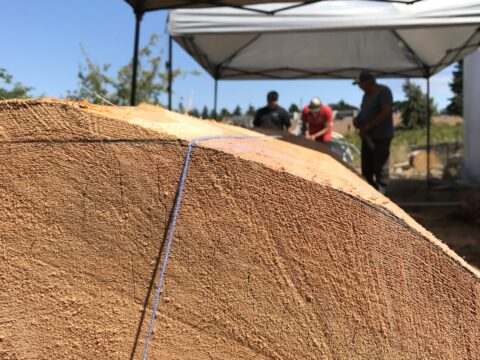
1In 1 playlists
To make sure they are cutting in a straight and even line across the pole they use a chalk line. This helps them know if they need to adjust their grip or height.
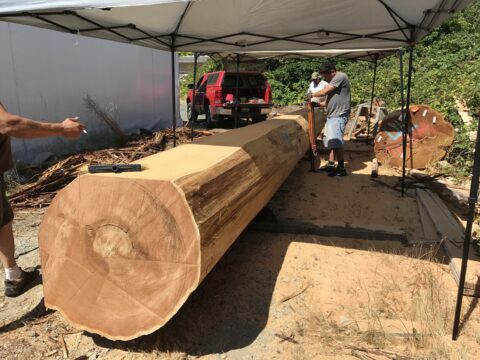
1In 1 playlists
In order to saw around the whole circle they use a mechanical jack to lift and rotate the log.
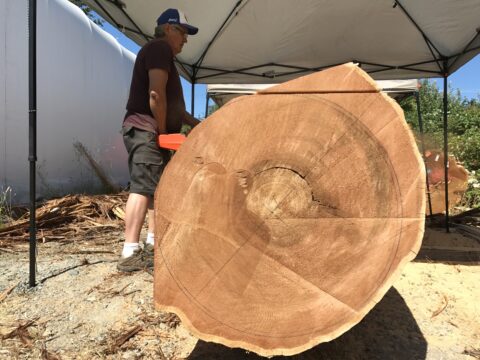
1In 1 playlists
In order for the pole to have the proper dimensions, Tom and Perry had to measure a circle on both sides of the log and then use a saw to cut off the excess wood.

1In 1 playlists
In this activity, created by the Royal BC Museum in collaboration with the Songhees and Esquimalt Nations, you will have the opportunity to view and "use" some of the fishing technology used by Songhees and Esquimalt people at the turn of the 19th century near Victoria.
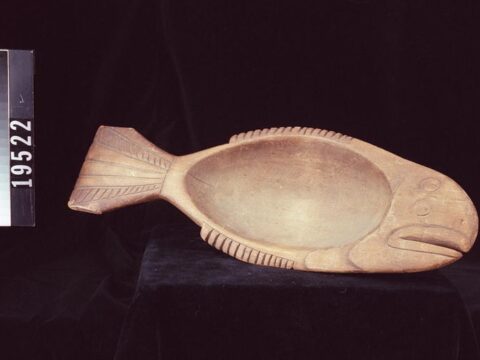
1In 1 playlists
This carved wooden dish is in the form of a halibut fish. What does it tell us about indigenous peoples that they were able to make everyday objects beautiful. Why do you think this person chose to make their dish in the form of a fish? What does it tell us about the importance of fish to the indigenous daily life?
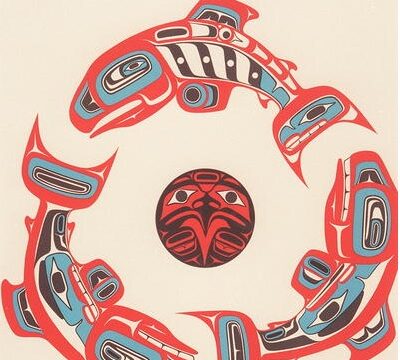
1In 1 playlists
This Coho silkscreen print by Reg Davidson, a Masset Haida artist, depicts three salmon surrounding a circular bird motif. The fish are shown in red, blue, and black. What similarities and differences do you see between scientific and indigenous art?

1In 1 playlists
Here is a list of the Hul'q'umi'num names for the different species of fish produced by the Hul'q'umi'num Treaty Group. Visit First Voices to learn the pronunciation.
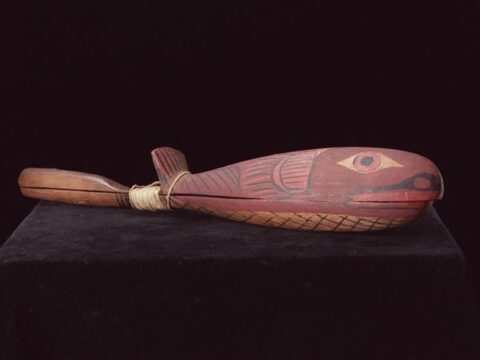
1In 1 playlists
This is a carved and painted wooden clapper from the Heiltsuk in the form of a fish. A wooden clapper is a musical instrument that is sometimes used during cultural ceremonies. Why do you think they chose to put a fish on this instrument? Does it help us understand the importance of fish to indigenous culture?
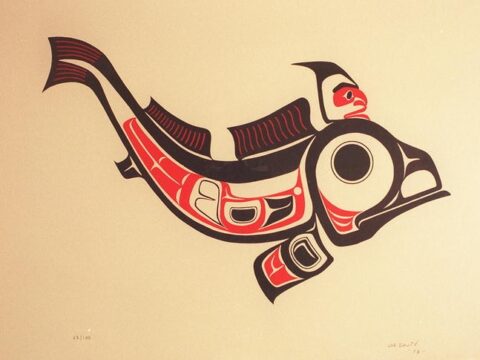
1In 1 playlists
This fish design is by Nuu-chah-nulth artist Joe David. What similarities do you see in the various indigenous artworks?
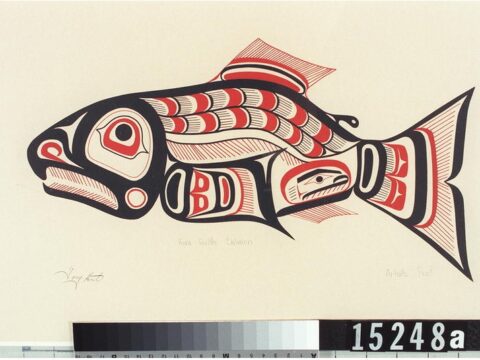
1In 1 playlists
This is a silkscreen print of a salmon by the Kwakwaka'wakw artist Tony Hunt. What details do you notice Tony Hunt utilizing to add texture to his salmon? Are there similarities between Hunt's salmon and the scientific drawing of a salmon?
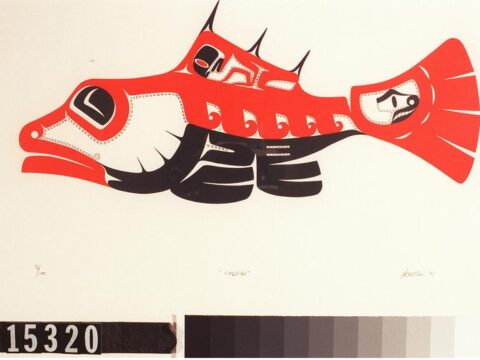
1In 1 playlists
This is a Nuu-chah-nulth, Ditidaht silkscreen print of a Codfish by Art Thompson. How is this piece of art different from scientific art?

1In 1 playlists
Listen to the Haida story of the Salmon Boy and learn more about the First Nation's perspective of fish and nature. Why is respecting nature and wildlife important to First Nation's people? What does this story tell us about the First Nation's relationship with salmon and nature?
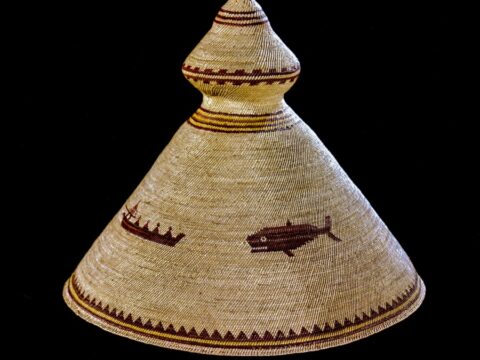
This Tla-o-qui-aht Whaler's Hat, created by Ellen Curley, is part of the Royal BC Museum's 100 Objects of Interest. The designs encircling the brim represent the mountains that outline Nuu-chah-nulth territories. The whale and whaling canoe appear to chase each other around the sides of the hat.
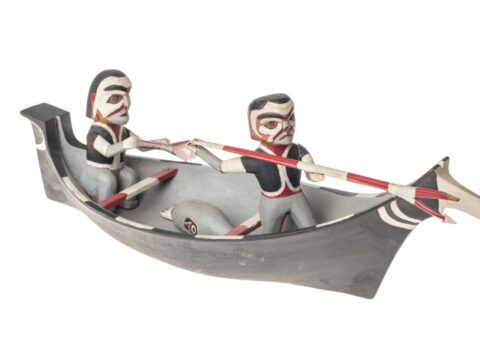
This Nuu-chal-nulth or Kwakwaka'wakw model sealing canoe is part of the Royal BC Museum's 100 Objects of Interest. This model in carved and painted wood shows two seal hunters, one steering the canoe and one about to spear a seal. There is a seal at the bottom of the boat. Nuu-chah-nulth hunters were active in commercial pelagic sealing.
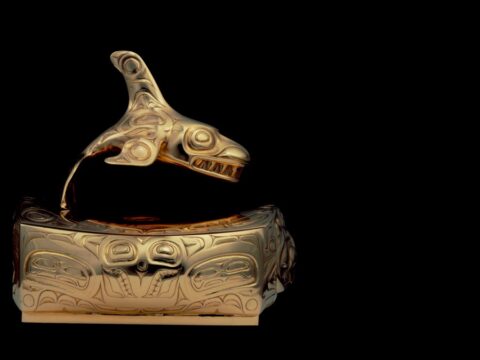
This Haida Box, carved by Bill Reid, is part of the Royal BC Museum's 100 Objects of Interest. For this small gold box, made in 1971, he used jewellers’ techniques to render Haida forms drawn from traditional carving and formline designs.

1In 1 playlists
Listen to the story "Duck in the Truck" by Jez Alborough translated into Hul'q'umi'num by Delores Louie (Swustanulwut). This video provides you with a full immersion experience into the Hul'q'umi'num language. If using this in a classroom setting you could possibly have the storybook in English to follow along with your class.
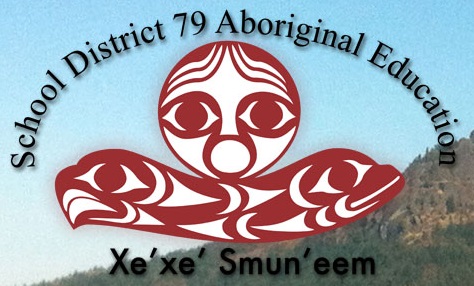
1In 1 playlists
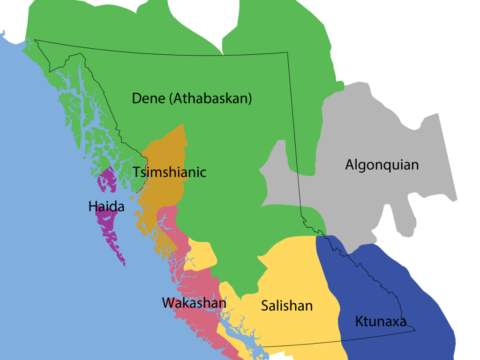
1In 1 playlists

